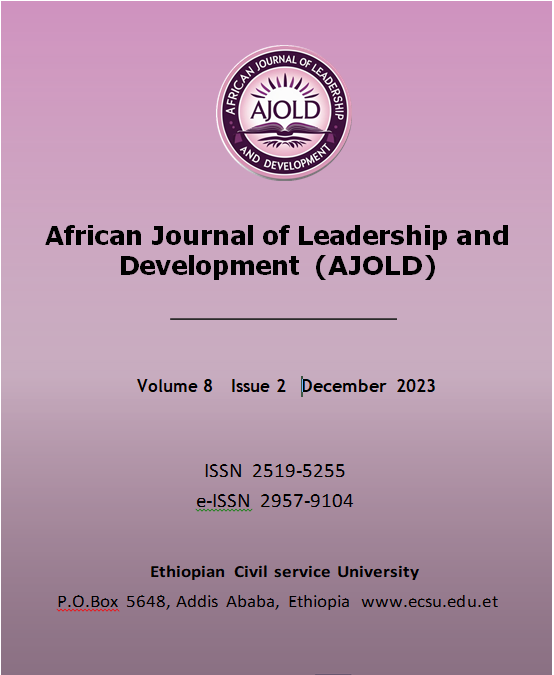Book Review: Clayton M. Christensen, Efosa Ojomo, and Karen Dillon, The Prosperity Paradox: How Innovation Can Lift Nations Out of Poverty. New York: Harper Business, 2019, 282pp, ISBN 9780062851826
DOI:
https://doi.org/10.63990/2023ajoldvol8iss2pp81-89Keywords:
Innovation, Market-creating innovation, Prosperity paradox, Economic development, Non-consumptionAbstract
In The Prosperity Paradox, Christensen, Ojomo, and Dillon challenge the idea that foreign aid is the answer to poverty. Instead, they argue that real, lasting prosperity comes from innovators who find creative ways to reach people who have been left out of existing markets. Their book is full of stories—like how Henry Ford made cars affordable for millions, or how Mo Ibrahim transformed Africa’s telecom industry—that show how ordinary people and businesses can spark change that benefits entire societies. The review points out that the authors believe innovation doesn’t just create jobs; it builds stronger communities and even paves the way for better institutions and less corruption. This book isn’t just for economists or policymakers—it’s a hopeful, practical guide for anyone who wants to see real progress in the world.Downloads
Published
2023-09-30
How to Cite
Alemu, A. T. ., Kebede, O. ., & Gizaw, S. . (2023). Book Review: Clayton M. Christensen, Efosa Ojomo, and Karen Dillon, The Prosperity Paradox: How Innovation Can Lift Nations Out of Poverty. New York: Harper Business, 2019, 282pp, ISBN 9780062851826. African Journal of Leadership and Development, 8(2), 81–89. https://doi.org/10.63990/2023ajoldvol8iss2pp81-89
Issue
Section
Articles
License
This work is licensed under a Creative Commons Attribution-NonCommercial 4.0 International License






